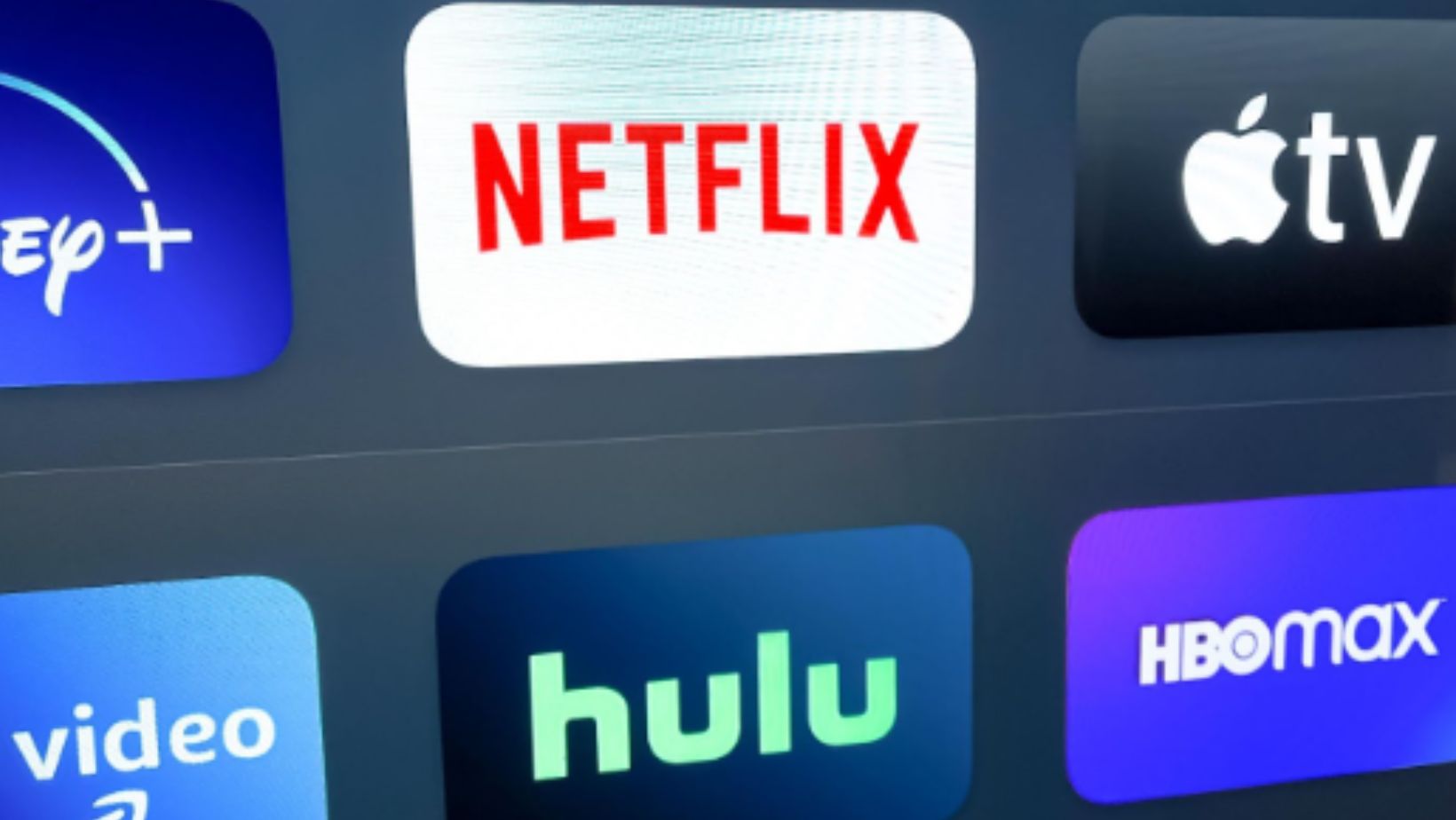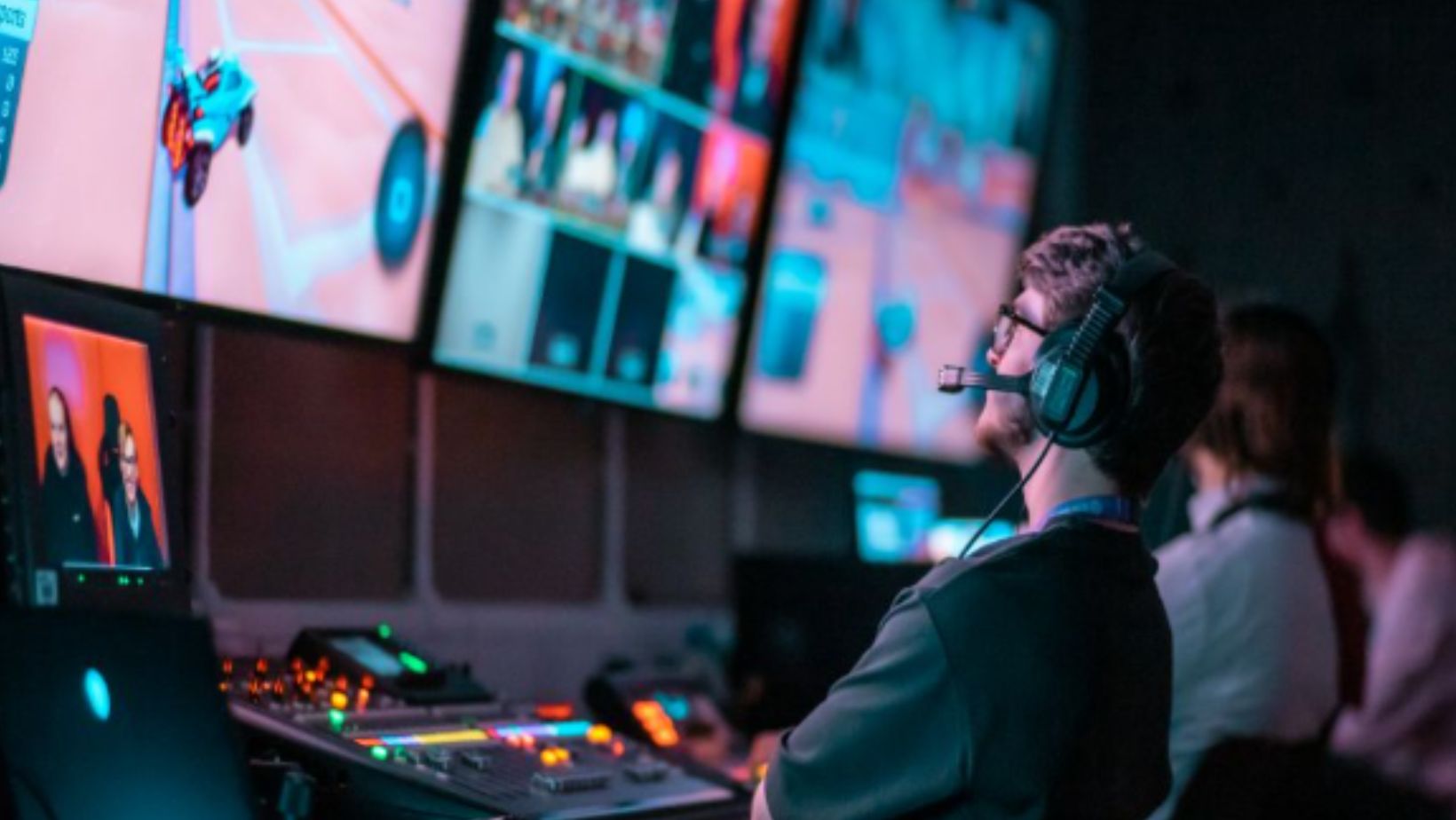I’ve been thinking more and more about how digital technologies are changing the approach to intellectual property. With the rise of esports and online tournaments, the issue of rights to content, images, and even in-game items has become especially relevant. The gaming industry is moving at an incredible pace, and this growth brings not only profits but also new legal challenges. I feel that many players don’t even realize that their favorite games are complex objects of intellectual property. Let’s explore which aspects are particularly important in the world of digital competitions.
Content Rights and Streaming

I’ve noticed that as streaming and content creation have grown in popularity, copyright issues have become especially pressing. Many streamers broadcast tournaments, record highlights, and use music and images from games. But not everyone stops to think about who owns the rights to this material. Some platforms have started blocking videos for using content without permission, while major tournaments sign exclusive contracts with media partners, limiting the possibilities for third-party streams and reposts.
I find the use of in-game elements in content particularly interesting. For example, I’ve seen cases where players record videos showcasing skins, cases, bets, create guides, or stream case openings live. Even popular formats like cs2 coinflip, where players bet on in-game items, also raise intellectual property issues: after all, all these items are created by the developer and legally belong to them. At the same time, such services gain popularity and monetize their content, even though they directly use assets owned by the game company.
I believe that in the future, the question of using such elements on third-party services will come up more and more often. Developers will likely start actively monitoring how their game assets, imagery, and branding are used. We may see separate licenses or agreements for services that work with in-game items. At the same time, this could create challenges for content creators, who will have to navigate legal restrictions when working with game materials. All of this shows that content around games is not just creativity, but a complex legal area that many still need to figure out.
Esports and Broadcasting Rights

The second important topic I’ve been thinking about is the rights to broadcast tournaments. In the past, matches were available on almost any platform, but now more leagues are signing exclusive deals with specific services. I remember cases where viewers couldn’t access streams without a subscription or living in a certain country. On the one hand, this helps monetize content and attract sponsors, but on the other, it limits audience access and makes it harder for fans to watch their favorite matches.
I feel this trend will only grow. Organizers want to control everything: from camera angles to on-screen graphics. Even using team logos, clips, or highlights in your own videos may require approval. I’ve noticed that more rules are appearing, and breaking them can lead to takedowns or penalties.
This creates challenges for bloggers, commentators, and fans who want to share impressions, analyze games, or post highlights. They’re forced to find workarounds, negotiate, or change their content. I think broadcasting rights will remain one of the hottest topics in the industry, and balancing organizer interests with creator freedom won’t be easy.
In-Game Items and Ownership Rights
Another topic that concerns me is the ownership of in-game items. Many players see skins, avatars, and achievements as their personal property, especially if they’ve spent real money. However, legally, all these items belong to the game developer, and players only get a limited license to use them. I often see forum debates: Can you sell a skin for real money? What rights does an inventory owner have? What happens if an account is banned?
This issue is especially relevant in esports, where rare items become part of a player’s or team’s image. Unique skins tied to championship wins can symbolize status and history. I feel the industry hasn’t developed a unified approach. Some developers ignore third-party trading; others enforce strict bans or outright prohibit sales.
As item prices and stakes rise, conflicts over ownership will grow. The higher the value, the more questions appear: Who’s responsible for theft, hacks, or marketplace fraud? I think the industry will eventually either legalize and structure trading or increase control to protect developers. Both paths are tough, and it’s unclear which the market will choose.
The Future of Regulation
I think that as esports and digital platforms continue to grow,
intellectual property regulation will only become stricter. We’re
already seeing companies actively protecting their rights by
monitoring content on YouTube, Twitch, and other platforms. Automated
takedown systems, copyright complaints, and video removals have become
common practice. I believe that in the future, new types of licenses
and agreements will emerge, making it easier and more transparent to
work with game materials without violating developers’ rights. We
might even see specific rules introduced for streamers, bloggers, and
fan projects. In that case, seeking legal experts, like Heimlich Law,
is important.
I hope the industry will still find a balance between protecting developers’ rights and allowing creative freedom for players and content creators. After all, it’s thanks to fans and communities that games become iconic and tournaments turn into large-scale events watched by millions. If the rules become too restrictive, we risk losing some of the energy, enthusiasm, and creativity that make the industry so special. Finding that middle ground, in my view, will be one of the key challenges in the coming years, and how it’s resolved will shape the future of the entire gaming ecosystem.
Conclusion
The more I observe the growth of esports, the more I realize how important intellectual property is in this field. Games are not just entertainment — they’re complex legal constructs backed by the rights of developers, designers, composers, and many other professionals. All of this requires respect and strict adherence to rules.
I’m confident that the future of esports will depend not only on new technologies, tournament formats, and audience growth but also on how we learn to establish fair and transparent rules for using content. It’s crucial that these rules protect creators’ rights while still allowing communities to grow and not stifling the creativity of fans and content creators. The balance between these interests will determine how open, vibrant, and sustainable the gaming industry remains in the future.


